St PaulinusCatholic Primary Academy
Inspiring all to live, learn and love in the light of Jesus
We are proud to work with all the Catholic schools across our two local authority areas, particularly as the Trust grows and benefits from the expertise and knowledge that other schools joining in the future will bring.
Visit UsAt St Paulinus we offer children a high-quality geography curriculum, giving them a sense of place – both where they live and in the wider world. In our diverse society, it is important that children understand other people and cultures. We meet this need by inspiring curiosity and fascination about the world and its people. Wherever possible, our geography curriculum is enhanced through visitors and outdoor learning as they bring the learning to life and create memorable experiences. Geography is a challenging, motivating and fascinating subject – we aim to immerse children in their knowledge of countries, geographical processes, environmental issues and geographical skills.
At St Paulinus we follow the National Curriculum, which enhances the children’s knowledge and understanding through different strands of Geography. This includes:
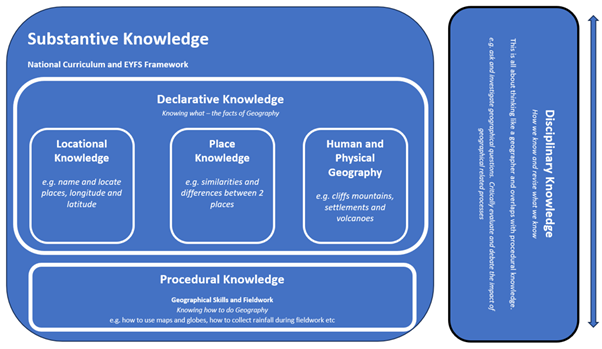
At St Paulinus Academy, Geography and History are taught alternately each half term. Children across the school will have weekly Geography lessons in Autumn 1B, Spring 2B and Summer 3B. Geography is constantly revisited and revised throughout each term in every classroom with a display visible all year. The programme of study for each year group builds upon previous knowledge year on year from nursery and reception through to year 6. Throughout the years children can revise key language and skills, which ultimately allows them to gain confidence, progress and succeed in Geography #BeAGeographer.
|
Long term curriculum plan |
||||||||
|
|
Nursery |
Reception |
Year 1 |
Year 2 |
Year 3 |
Year 4 |
Year 5 |
Year 6 |
|
Autumn 1B |
|
|
Seasons and weather |
Local area |
Local area |
The UK |
Rivers and water |
Maps, maps and more maps |
|
Spring |
|
|
School setting |
The 7 continents and 5 oceans of the world |
Settlements, land use and trade. |
Europe and comparing UK and European region |
Biomes, vegetation belts and climates |
North and South America and comparing this to a UK region |
|
Summer |
|
|
The UK |
The UK and a contrasting locality |
Mountains and volcanoes |
Earthquakes and Tsunamis |
The globe |
Our changing country |
Our whole-school curriculum is focused on 5 long term and addresses pupils' academic, personal and social development. The 5 individual elements of learning provide a different aspect to the education for every pupil. Through the Geography curriculum, we aim to address these as follows:
Teaching focuses on key elements from our Geography curriculum to support children in their progress. Effective questioning, oral and written methods, repetition in single lesson and across lessons allows all children to progress and achieve. Geography is inclusive for all children to travel the same learning journey, regardless of their ability to access the core lessons. Adaptive teaching, sensory support, visual aids and additional scaffolds are used to remove barriers to learning.
Geography teaching develops a range of investigation and problem-solving skills that are transferable to other curriculum areas especially History, Science, English and RE.
Our children enjoy lessons and we believe this early love of learning stimulates children to become life-long learners and have an awareness of the World around them.
Throughout the year, the children at St Paulinus have opportunities to learn through hands on experience, to deepen their understanding of the world around them. This includes:
Earth Day
Earth day is renowned for being the world’s largest environmental movement and in April 2024 St Paulinus took part in the ‘Planet Vs Plastics’ topic to learn more about the environment, the impact humans can have on the planet and what we can do to save it.
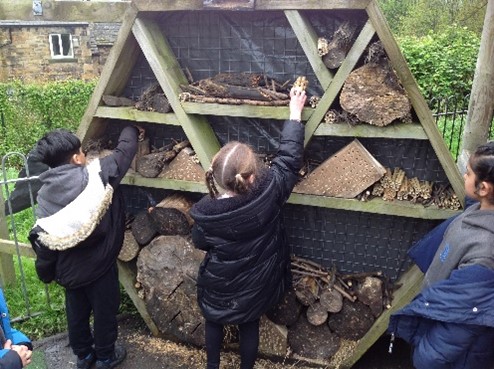
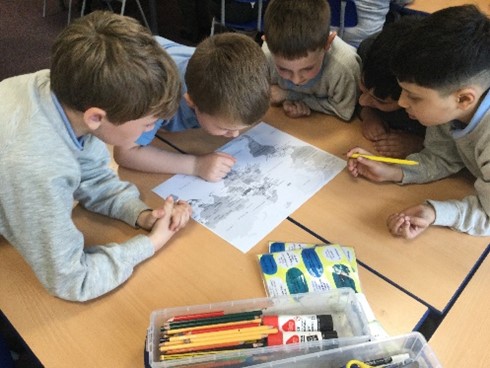
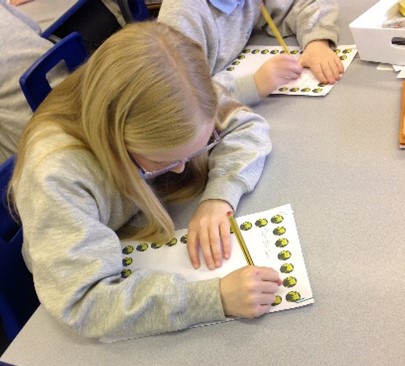
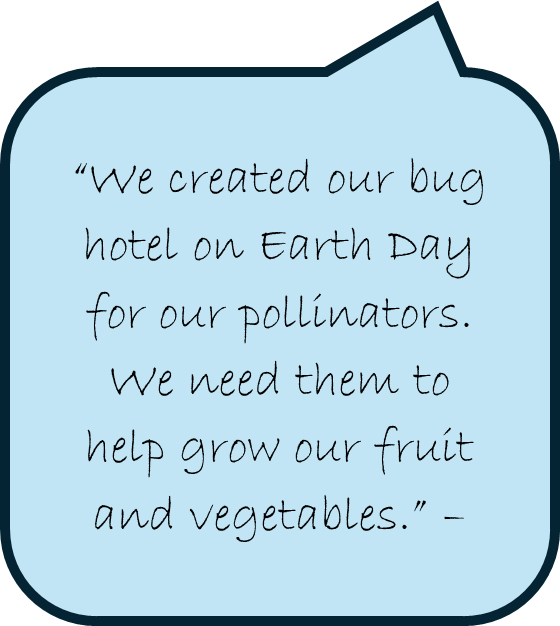
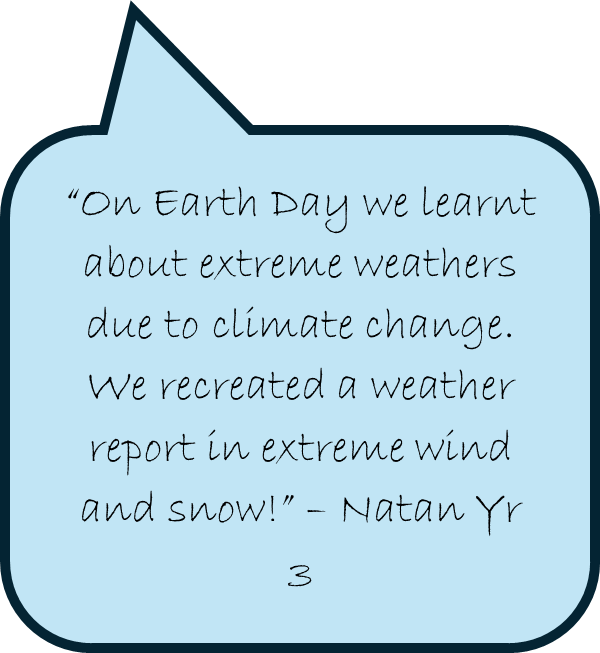
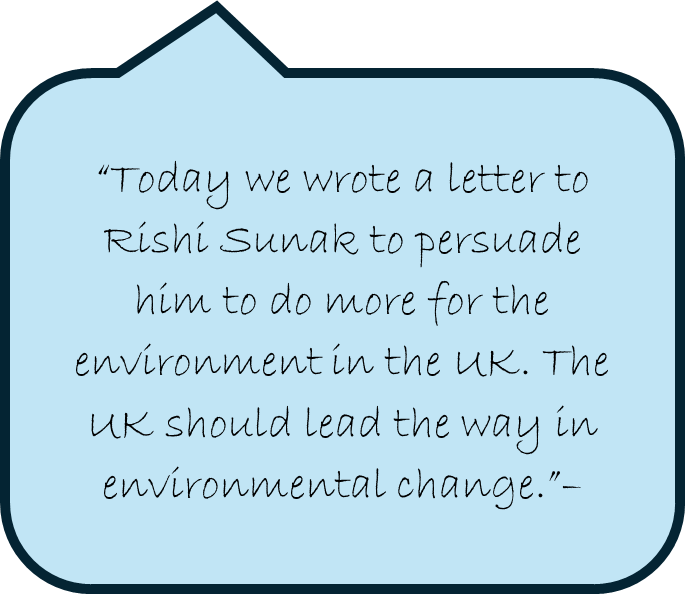
Yorkshire Water Visit 2024
During our year 5 ‘Rivers and Water’ topic, the children had the opportunity to be involved in a Yorkshire water workshop to learn more about the water cycle and how our local water company filter the water so that it is clean enough for us to drink. The whole school then took part in a water safety assembly to bring awareness to rivers, reservoirs and beaches going into the summer season.
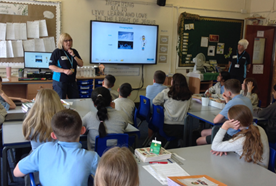
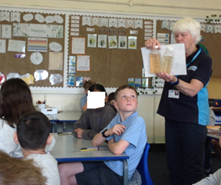
Children are assessed throughout the topic using mini plenaries and progress is evident in their ability to use geographical terminology, explain different geographical processes and present their geographical skills and data (e.g. by pointing out countries on a map, using compass points etc.). Children are then formally assessed after each Geography topic using both formative and summative assessments as appropriate. The children’s skills are also evident in their exercise books where they can clearly label geographical diagrams, label maps and write at varying lengths.
Assessment is consistently monitored by teachers against the Geography curriculum to close gaps in knowledge and prioritise future focus areas. Below you will find data from last year so you can see how our children are getting on in their Geography learning.
When children leave St Paulinus Academy they will have a secure knowledge of the Geography curriculum, understand and appreciate their local area and the impact they have on the wider world. Children will have the curiosity and ambition to experience the world for themselves when they reach adulthood.
Further learning and associated links:
Book topics – Geography
https://www.booksfortopics.com/booklists/topics/geography/
National geographic kids
https://www.natgeokids.com/uk/
BBC Bitesize Geography
https://www.bbc.co.uk/bitesize/subjects/z2f3cdm
World geography games
https://world-geography-games.com/world.html